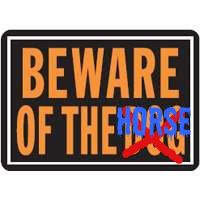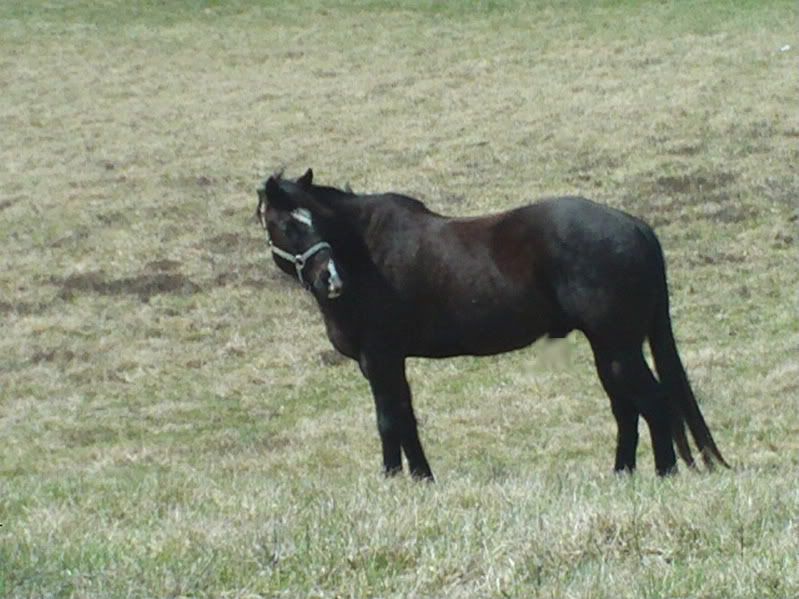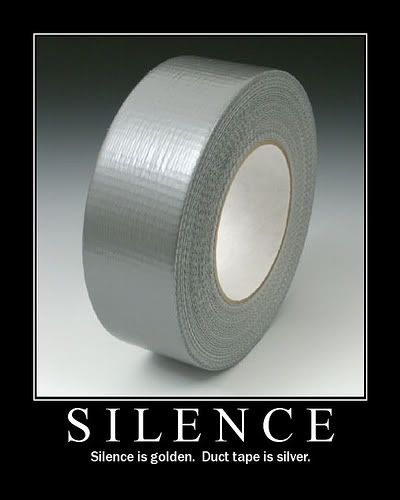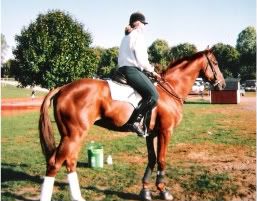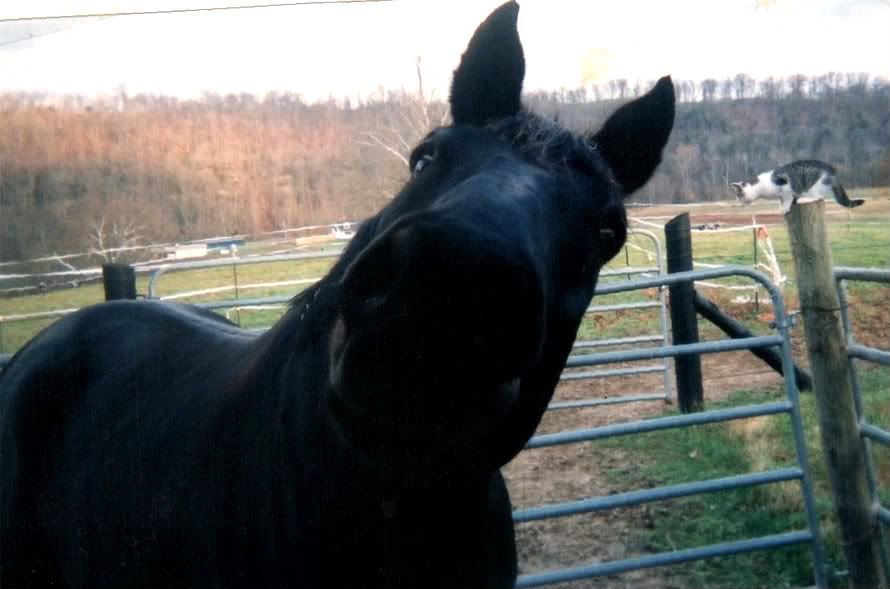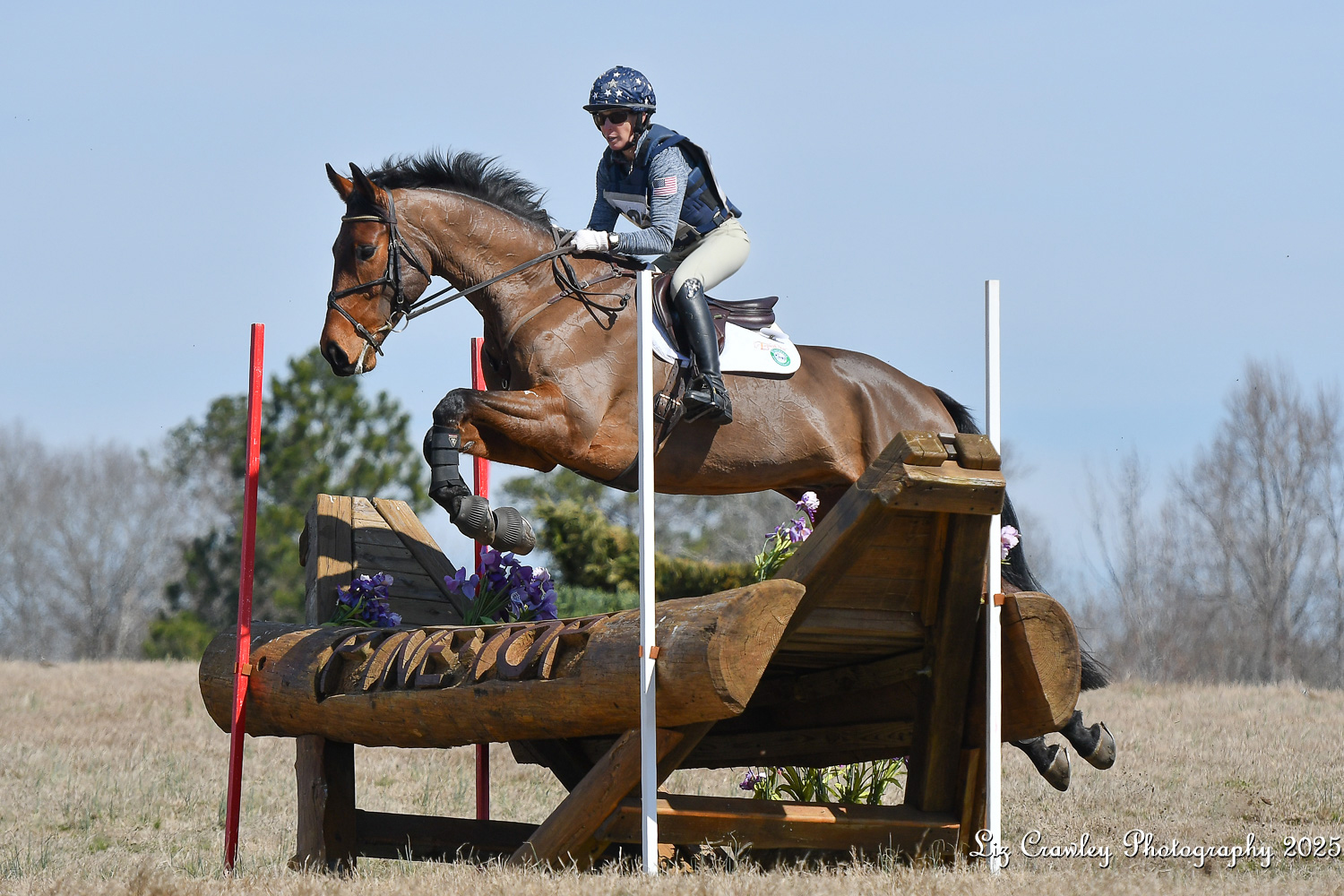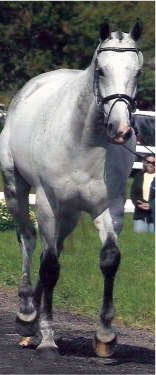
Do you ever stare in awe at the sleek shiny horses, the glistening brass, perfect braids, and dazzling white marks at a CCI trot up? Do you ever wonder how they get that way? (LOTS of hard work is the correct answer!) Each Sunday morning we will bring you a little insider info on how the big-time grooms manage an upper level event horse. Feel free to email or comment with specific grooming questions if you have a topic in mind!
Previous entries: Safety First
Odds & Ends
What About Tack? Part I , Part II
Shining, Shimmering, Splendid
A Close Shave
Get those white legs white!
Hoofcare
Know Your Rules
So how can a 52-page book (or pdf) help your horse look snazzy? Well, it won’t polish your brass, or braid a mane. But without it, your horse won’t be going very far. Today’s topic is inspired by a writer on this site, who has texted me frequently asking various rule-related questions (I won’t give his name away, but it begins with a “J” and ends with “ohn”). It made me realize that, as a groom, knowing the rules isn’t specifically MY job, but it helps me do my job better– serving my horse and rider. And since most of us are riders anyway, we may as well know every thing we can!
I am admittedly a rules-freak. When the book arrives, I read it cover to cover, noting the changes marked in bold. Then the book resides in my show trunk, where I always have it with me at competitions. There are MANY ways to get eliminated in this sport, and it’s your responsibility to know them! The online version is available here.
True, it may not be the most enjoyable, or exciting reading you’ll ever do. But it will tell you anything you need to know regarding Dress (EV 114, pg 9), Saddlery (EV 115, pg 11), descriptions of tests, and parameters per level (jump height, course length, etc). And the super-fancy drawings in the Appendices are not to be missed.
Obviously, we are familiar with a lot of the common rules. On cross-country, a runout is 20 penalties. A fall is elimination (well, since 2009 anyway). A fall of horse is Mandatory Retirement (MR). But what about some of the “fine print” many of us gloss over?
FASHION POLICE
At a competition, you may school your horse on the flat without ASTM-approved headgear, but you must wear a “hard hat.” An ASTM/SEI helmet, with chinstrap properly secured, is required for any jumping. Failure to wear appropriate headgear is penalized by elimination at the discretion of the Ground Jury.
Spurs and gloves are compulsory for dressage at the Intermediate and Advanced levels, and may be worn at any level. Spur length must not exceed 1-3/8″. The popular “roller-ball” spurs are allowed. Gloves may be any dark color, or white. (Note: if you have busy hands or a fussy horse, wear black. Don’t draw attention to your flaws!)
“Chaps and half-chaps” are not allowed… however, a “full-grain leather leg piece and matching leather boot” is acceptable. I’m guessing the “half-chaps” they refer to are the suede ones, particularly in bright colors. Many of the upper-end leather half-chaps really do look like tall boots, and I’m happy to know that you can now show in such a “leg-wear system.”
Your cross-country shirt does not have to have a collar, but it must have sleeves. Leave the tank tops at home, please.
At one-day events where you may feel like a fashion model stripping and changing back at the trailer, the Rules Committee has kindly allowed us to condense our apparel for the day. Coats and neckwear are not required; at the competitor’s option, he or she may compete in dressage and show-jumping phases wearing a long- or short-sleeved shirt, with collar, of a conservative color. This same shirt is also acceptable when coats are waived, at temperatures (heat index) above 85-degrees. In inclement weather (I think we’ve seen some of that this season…) windbreaker jackets and rain gear are allowed, just make sure your pinney is visible on cross-country.
SADDLERY
True or false: you cannot ride your horse bareback on the show grounds after 3pm the day prior to the start of competition. TRUE. You must use an English saddle, and some type of bridle; running martingales (with rein stops!) are allowed at any time during schooling. Side reins, chambons, and running reins are permitted only while lunging an unmounted horse. Most other “gadgets” are forbidden under penalty of disqualification.
See Appendix 4 for diagrams of dressage-appropriate bits and nosebands. (Remember those pretty pictures I was telling you about?) Many types of snaffle mouthpieces are allowed, so long as it does not have rollers, twists, or any sort of leverage– no gags or pelhams. (It is debatable whether bouchers have actual leverage properties… I’d say it’s very negligible, if any). Double bridles are permitted at Intermediate and above.
If you have any questions at all about permissible equipment, ask the TD (after you’ve read the rule book!) and he or she will be happy to help you. Generally, only basic essential equipment is allowed: no martingales, blinkers, reins with loops/handholds, boots/bandages, ear plugs, seat covers, nose nets, etc. Ear covers may be allowed with the ground jury’s special permission under certain circumstances.
Bits are generally checked before you do your dressage test, but you may have it checked immediately after if the procedure upsets your horse. If your bit is illegal, you will be eliminated. I will admit to skipping bit-check once… it was the most sinking feeling I’ve ever had when I got back to the barn and realized my mistake. It was a 7:30am ride, and actually the volunteers weren’t there when I went in the ring. I explained my error right away to the show secretary, who asked me what I used– a french link– and she smiled and told me to go have fun on cross-country. Since that day, I will absolutely not leave the dressage area without a bright-colored sticker on my boot!
For jumping, pretty much anything goes. I think it speaks ill of the rider to see a horse with half a hardware store on his face, but technically it’s within the rules. Running martingales must have rein stops. Standing martingales and blinkers are not allowed. Stirrup leathers must hang free, meaning that the overgirth (if used) must go UNDER the stirrup leathers.
DISQUALIFICATION
This is different than elimination. The big E means that the horse is done for the weekend. Disqualification means the RIDER is done for the entire event– on all horses. DQ is usually a more serious offense, an obvious disregard for sportsmanship, or abuse of horse. Things such as:
- Anyone schooling the horse other than the competitor. (A groom may walk the horse on a loose rein.)
- Riding in the dressage/sj arena prior to competition; showing your horse cross-country obstacles.
- Jumping practice fences that are not flagged, or in the wrong direction; or higher than allowed.
- Inspecting the obstacles of XC or SJ before the course is officially open.
NEED-TO-KNOW RULES:
In dressage, you must enter the ring within 45 seconds of the bell under penalty of elimination at discretion of the ground jury. Other ways to get eliminated in dressage: horse completely leaves the arena with all four feet; marked lameness observed by the judge; any prolonged resistance exceeding 20 seconds; unauthorized assistance; third error within a test. Even after elimination, the competitor may finish the test, “marks being awarded in an ordinary way.” Despite the rule for jumping phases, a fall in dressage does not result in elimination.
Cross-country– ah yes, the phase in which getting eliminated is almost easier than completing the course. Let us count the ways:
- Exceeding the Time Limit (twice the optimum time). Make sure you cross the finish flags!
- Jumping an obstacle out of order; jumping it backwards; or jumping the same obstacle twice (unless part of a lettered combination).
- Unauthorized assistance (whether solicited or not). This particularly includes using another competitor’s horse as a “lead” on course; anyone assisting the rider in negotiating an obstacle or correcting deviation from course. Authorized assistance is limited to: handing the rider headgear or spectacles at any time; clarification of jump penalties by the jump judge (for example, knocking a flag down at a corner– was that a jump or a runout?)
- Third consecutive refusal, runout, or circle at the same numbered obstacle.
- Fourth refusal, runout, or circle on the course.
- Fall of horse (defined as shoulder and hip touching the ground) results in Mandatory Retirement (MR). MR also applies if the horse should become trapped in an obstacle and require assistance to escape.
Show Jumping
As in dressage, competitors must start (pass through the start flags in the proper direction) within 45 seconds of the bell. When that 45 seconds is up, your time automatically begins (you aren’t eliminated). After the bell, if you cross through the start flags again, it is counted as a disobedience (see Bettina Hoy, Athens 2006). Starting before the bell results in elimination. In American horse trials, you are not required to salute– only wait for the signal. However, saluting is the proper way to acknowledge the judge and gives you something to do while you wait impatiently for the jump crew to rebuild half the fences the horse in front of you knocked down. When horse trials are run in “hurry-up mode,” competitors are often discouraged from saluting, instead cantering straight into the ring as the whistle blows and beginning the course right away.
If you have a run-out or refusal in a combination, you must re-take the entire combination again. If you have any faults on a re-jumped obstacle, those faults will count. Only displacement of the top element counts for faults; if you somehow happen to knock over a decorative tree, shrub, or flower box, you are not penalized.
As with cross-country, you will be eliminated for unauthorized assistance, jumping obstacles in the wrong order, failing to cross the finish flags, omitting an obstacle, or jumping an unflagged obstacle. Also, under current USEA rules, a fall of rider or horse in show jumping is elimination. At Preliminary, Intermediate, and Advanced, competitors are eliminated after their second disobedience on course. Below Prelim, elimination occurs after the third disobedience.
In cross-country (except ditches, drops, obstacles without height), if your horse jumps from a standstill it is still counted as a penalty. However, this is not the case in show jumping. Immediately jumping from a halt, provided the obstacle was not displaced by the stop, is allowed.
Here is one that I didn’t know: while on course, if you halt, voluntary or not, it should be penalized as a refusal (except to report an incorrectly-built obstacle, or unforseen circumstances to the ground jury). I have known several instances of halting on course– sometimes by accident (rider jumped out of the tack) or for training purposes (horse running off), but I have never seen it incur a penalty in real life.
Magic Potions
I won’t go into the wide open world of drugs and permitted substances, but think of it this way: if you are giving your horse ANY substance, legal or not, testable or not, with the intention of gaining a competitive advantage, you are breaking the rules. The bute debate rages on in the FEI, and doesn’t look like it will settle any time soon; the FEI’s original status is a zero-tolerance policy, allowing NO trace of any unnatural additive. In USEF events, some specific drugs are allowed at therapeutic levels. These “therapeutic levels” are not intended to alter the horse’s behavior, or make a crippled horse sound. Just because a supplement is labeled “all-natural” does not mean it is safe. Consult the USEF drug and medications staff for more information. Do not rely on a product’s endorsement or a trainer’s suggestion, insisting that it is “safe” or “untestable”— get the regulations straight from the source (USEF) and consult with a trusted, experienced vet about proper usage.











